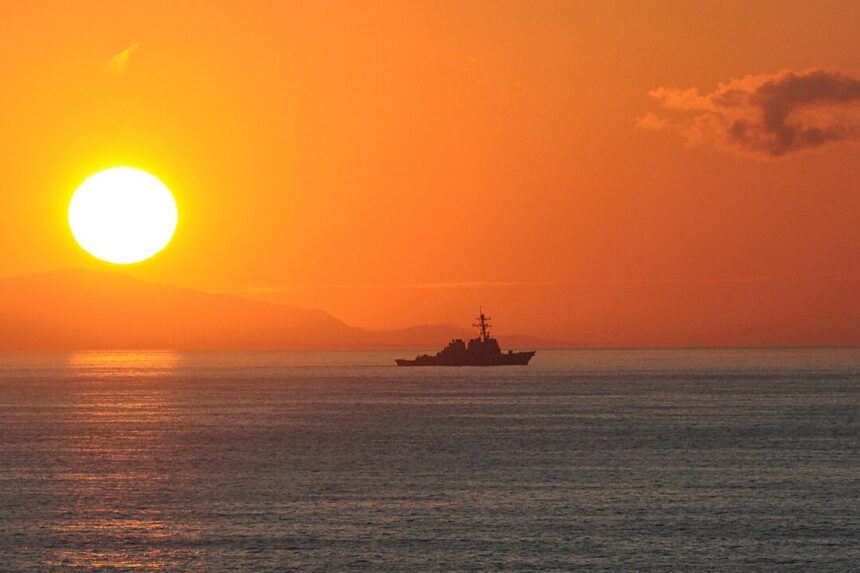Commentary
On March 28, the Department of Defense announced the successful completion of the defueling of the U.S. Navy’s Red Hill bulk oil storage tanks for the Pacific fleet, six months ahead of schedule.
This permanent closure of Red Hill was celebrated by various parties including Secretary of Defense Lloyd J. Austin III, Pentagon and Navy officials, Hawaiian authorities, environmental groups, and concerned citizens of Hawaii.
Mr. Austin emphasized the commitment of the Department of Defense and the U.S. Navy to safeguarding public health and the environment, as well as their dedication to rebuilding trust with Hawaii.
Mr. Austin stated that the closure of Red Hill was a necessary decision, considering its outdated purpose and potential risks.
Why Was Red Hill Built?
The U.S. built Red Hill in Hawaii in 1943 to safeguard fuel reserves for the Seventh Fleet in underground tanks, a precaution against potential attacks following the events of Pearl Harbor.
While initially crucial for wartime efforts, the closure of Red Hill now poses challenges as the U.S. Navy navigates the expanding naval capabilities of the Chinese Communist Party.
How did the decision to surrender this critical fuel supply come about?
The Sierra Club’s Role
The Sierra Club advocated for the closure of Red Hill to address environmental concerns and protect local communities from potential hazards associated with the oil reserves.
Their efforts were supported by various organizations aiming to ensure water safety and environmental sustainability.
Challenges with Underground Tanks
The debate over underground oil and gasoline tanks highlights ongoing regulatory challenges and differing perspectives on the potential health risks posed by trace elements in water sources.
While concerns exist, the focus on addressing these issues must be balanced with national security considerations and strategic fuel reserves.
National Security Implications
Recent actions, including the defueling of Red Hill and the sale of emergency oil stocks, have raised concerns about the impact on national security and potential consequences for U.S. military readiness.
As geopolitical tensions rise, decisions regarding energy resources and environmental policies become increasingly intertwined with strategic considerations.
Also overlooked were the trade and military sanctions imposed on China.
In Defense of Red Hill
The water contamination level from a leak in 2014 from a fuel tank at Red Hill met federal and state standards for drinking water. The USEPA website confirmed in July 2022 that all drinking water sources near Red Hill continued to meet federal standards. Despite this, the U.S. Navy’s statement that their investigations did not find any health impacts angered many.
In January 2022, the Honolulu City Council threatened to expel all 14 of America’s military operations from their seven-year land leases in Hawaii due to a lack of trust in the Navy’s investigations. The Navy then filed a lawsuit in February 2022 against the Hawaii Department of Health’s order to halt operations at the Red Hill Bulk Fuel Storage Facility.
An aboveground leak in November 2021 led to concerns about water contamination from underground tanks, although the source was actually aboveground. Civilians and the Navy are both vying for oil tankers, with a lack of clear strategy for obtaining them in case of a conflict in the Pacific.
The Department of Energy sold off oil reserve locations in California in 1998, leaving few remaining options. The strategic importance of oil storage was well understood by communists and their allies.
What Will the Navy Do Now?
The Pentagon’s solution is a new strategy of storing fuel at various locations in the region and on afloat tankers to increase resilience and flexibility. Fuel from Red Hill has been redistributed to other facilities in West Oahu and locations in San Diego, Singapore, and Subic Bay.
This article expresses the opinions of the author and may not necessarily reflect the views of The Epoch Times.
Source link







